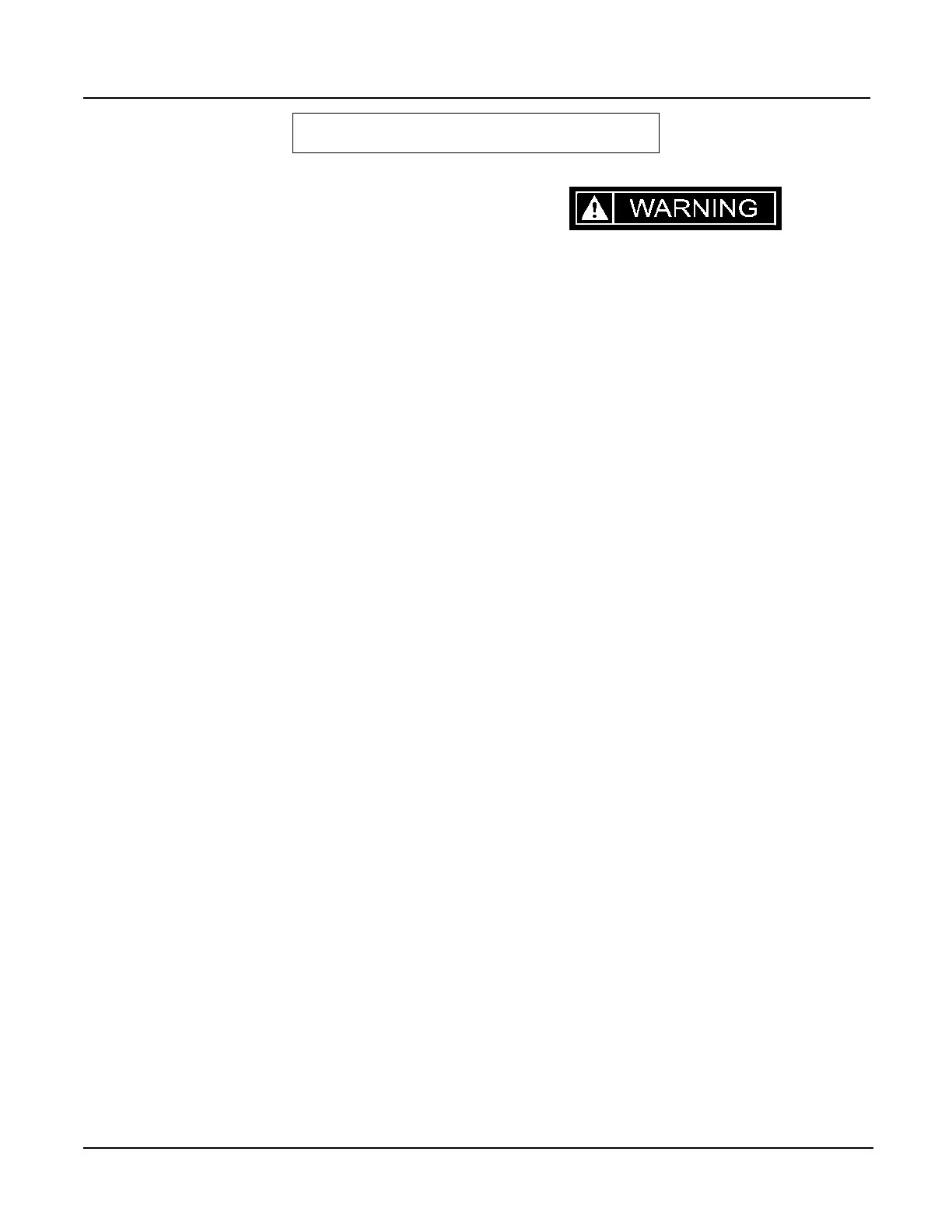WEEKLY:
STRUCTURAL MEMBERS AND WELDS Visually in-
spect all structural members and welds including (but
not limited to) the extended boom for straightness, roll-
er (or pad) adjustment, and cracks. Pay special atten-
tion to the longitudinal welds joining the top, side and
bottom plates. Check the welds attaching the jib ears
to the boom head and the welds attaching the boom
head to the tip section. Inspect the cylinder attaching
supports and the boom pivot area.
On the superstructure, inspect the superstructure as
well as the welds on the hoist cylinder supports and the
welds between the bottom mounting plate and the ver-
tical plates. This is especially important if the machine
is being used extensively in clamshell, pile driving,
concrete pouring, headache ball, or other high duty cy-
cle applications.
On the carrier, inspect the swing bearing weld band
and supporting header welds. Check the outrigger at-
taching welds, outrigger box ends at the collar, jack
cylinder mounting tube, and the beam welds.
BOOM Visually inspect all boom sections a minimum
of weekly or every fifty (50) hours, whichever occurs
first. Preparatory to making the inspection, set the out-
riggers and rotate the upper to an area where the
boom can be fully lowered and extended.
With the boom fully lowered and extended, visually in-
spect the sides, top and bottom of each section for any
unusual deformation, scrubbing, wear, or cracking in
either the plates or welds, particularly the fillet welds
along the bottom edge of the side plates of the tele-
scoping sections. In addition, note any missing or illeg-
ible indicator mark decals on the telescoping sections.
If any cracks in either fillet welds or plates are noted,
the particular component must be replaced before any
further crane operations are performed. This is neces-
sary to maintain the structural strength of the boom
and prevent possible catastrophic failure resulting in
injury or property damage.
Field repair of boom sections is NOT recommended
because distortion may be introduced and original
structural strength not restored.
Boom extension indicator decals are extremely impor-
tant and must be maintained in place at all times.
Boom section failures can occur due to overstressing
within rated capacities if the sections are not equally
extended within one indicator mark difference between
the telescoping sections.
NOTE: Sections are equalized byfully extending or ful-
ly retracting the boom. When the boom reaches either
full extension or retraction continuing to hold the tele-
scope lever in the extended or retracted position will al-
low the boom sections to be proportioned equally.
If any indicator decals are missing or illegible (either tri-
angle markers or boom length numbers), order the ap-
plicable items through your distributor and apply them
using the dimensions given on the following page.
MAINTENANCE AND LUBRICATION
CRANE BOOM
4 - 35 Revised: March 2005RT700 Series
